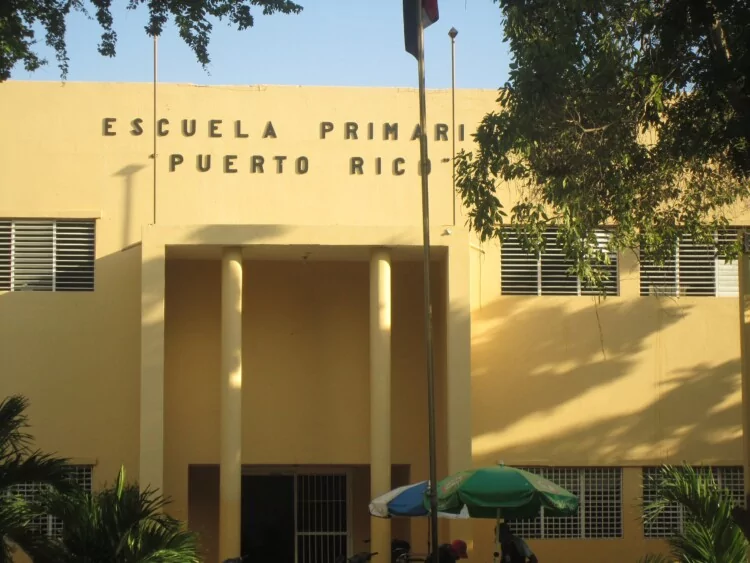Local policymakers often lack rigorous data and analysis about which programs are most effective. But too often academics do not apply their knowledge to the most pressing policy issues in these local contexts. This creates a “valley of death” between knowledge and practice that leaves many local policy problems unaddressed.
As local institutions, universities have a vital role to play in bridging the gap between knowledge and practice to solve public problems in their backyards. Yet faculty are not adequately trained to develop the relationships needed to work collaboratively across areas of expertise and in real-time with policymakers. What are some practical steps that academic researchers can take to build research teams with external partners, maintain these research-practice partnerships, and sustain these relationships over the long haul? Here, I’ve provided some tips on navigating these challenges, including engaging the right stakeholders, understanding their expectations of you, and minimizing personnel changes.
Building Research Teams with External Partners
Getting the Right People at the Table
Let’s face it, city and state agencies, not the federal government, are where the rubber meets the road for making an immediate impact on people’s lives. Local governments face urgent but long-standing policy challenges in areas such as crime, education, health, housing, and workforce development. Yet unlike the federal government, states and cities cannot run a deficit, and so it is critical that they make good decisions about how to allocate their scarce resources to solve local public problems.
Moreover, the federal government paints with a broad policy brush and leaves on-the-ground details to cities and states to implement policy in their local context. Take the American Rescue Plan Act (ARPA), which has showered localities with funds that need to be spent by 20??. Cities and states are scrambling to figure out how best to spend those dollars and not squander this once-in-a-generation windfall.
And it is HOW policies and programs get implemented – the devil in the details – that can make all the difference in terms of whether the right populations are served, whether the services that are delivered produce the desired outcomes, whether those outcomes improve equity across groups, and whether the program is cost-effective.
Negotiating Timelines
Let’s face it, most tenured/tenure track faculty work at their own pace, largely to publish in academic journals and advance their careers. Yet local policymakers desperately need to know which programs are effective, efficient, and equitable NOW—they often cannot wait for the peer review process before taking action. They are the ones responsible for designing and implementing programs that meet the expectations of their constituents. In addition, the greatest potential for translating research into practice to make societal impact is during key policy windows when partners are ready, willing, and able to make change. There are examples of innovative policy solutions, based on rapid research evidence, that were implemented quickly during COVID to make a real difference in people’s lives. During those key moments, being able to share key findings through less formal channels, such as a presentation, memo, or policy brief, can serve as the basis for changes in program practices, agency regulations, or draft legislative materials.
Addressing Turnover
It’s always an honor to meet a sitting Governor or meet with the current Mayor, but turnover can be frequent and sudden at that level of public service. It’s a much smarter strategy to build relationships with the folks charged with implementing the executive’s vision—the department heads, deputy directors, or senior program managers. These are often career public servants who not only persist from one administration to the next but also have lived experience about what works, what doesn’t, and how to get things done no matter which way the political winds of change.
Maintaining Research Practice Partnerships
Already got a partnership? Here are some best practices from the field that you can use to keep it going.
Co-Create the Research Agenda in an Authentic and Ethical Way
There is an inherent power imbalance between researchers and practitioners when it comes to setting the research agenda. Academics are trained to ask questions that are meaningful to their disciplines and can sometimes project that onto their policy partner despite their best intentions. But this creates a missed opportunity to answer the more urgent (and often more relevant) questions that your policy partner needs to understand to be able to make real progress towards findings a solution that is smart, equitable, and feasible. When setting the research agenda, it might be worth it to engage a consultant during the planning phase or even just host a facilitator over the course of several meetings to make sure that everyone’s voices are heard even if they might not be coming at this with a research background.
Be Responsive—Recognize that it’s a Sprint AND a Marathon
Being an academic means enjoying a certain level of autonomy to set your schedule, draft your syllabus, and control your classroom. But for those in public service, conditions on the ground change frequently—even without a global pandemic—and this often requires access to data and analysis that is more real-time than what most researchers have done in the past. For example, the Mayor or the Governor may be considering a new initiative that affects their program or operations, and having research that can be conveyed in the heat of the moment could make a big difference in the outcome. On the other end of the extreme, sometimes there are delays in launching a new program, delivering sensitive data, or reviewing research findings, which can put a wrench in your publication plans, particularly if you are coming up for tenure.
Interpret Research Findings Together: No Surprises
Nothing kills a partnership faster than an unflattering headline in the local paper or a bad tweet gone viral. That will never happen if you always treat the findings of your research as if it were proprietary. Think of it as an additional stage of peer review—a robustness check based on the lived experiences of the partner organization. Oftentimes partners have valuable insights into how the program is implemented, how the data are generated, or what the true counterfactual is that can help inform how to interpret the research findings. This doesn’t mean that you need to refrain from releasing or publishing unflattering results, but giving your partner a chance to review the findings first to double-check the validity and give them time to prepare a response (if necessary) is both smart and ethical.
Sustaining Relationships for the Long Haul
Sustaining partnerships has a lot to do with reducing administrative burdens and preventing burnout. The following strategies may help you on your way as you work to address these hurdles.
Find Institutional Support Wherever You Can
Most universities have people, dollars, or other informal supports that are not always listed on their web site or org chart. For example, staff liaisons in the Dean’s Office can sometimes help with moving along grant contracts or data use agreements with central administration. Small seed grants (e.g., $5,000 or less) or leftover department funds can sometimes be used to hire a student that can help with small research tasks or fund site visits as needed. Finally, most universities now have some training or guidance for researchers who are new to community engaged research.
Manage Grants to Maximize Your Resources over Time
Being savvy about managing external funding can help you sustain your partnership for longer. This goes beyond making sure you don’t leave money on the table to think about how you can grow the funding pie and get more of the support that you need. For example, ask your Dean if you can negotiate to keep a greater share of the indirect costs from the external funding that you bring in. Or if you are fortunate enough to have internal funding, ask if it can be used over a longer time period. This can help in the event that you get an external grant as it allows for greater consistency in terms of supporting students engaged in your research.
Find a Project Management Tool that Works for You (and Not the Other Way Around)
External partnerships come with external deadlines that are real—not the wishful thinking of when to submit your latest article to a peer reviewed journal. This means you and your team need to manage your time and get on the same page about how you will meet those deadlines. Project management tools are not no longer just for the private sector—many universities now have enterprise licenses for Smartsheets, Trello, Click, or similar software. Find one that works for you and stick with it – your team will thank you later when they are not pulling an all-nighter or facing the prospect of disappointing your partner organization.
Above all, remember that the most important thing in any relationship is trust. So if you make a misstep, take ownership for your mistake, ask for forgiveness, and learn how to do better. We are all works in progress.




